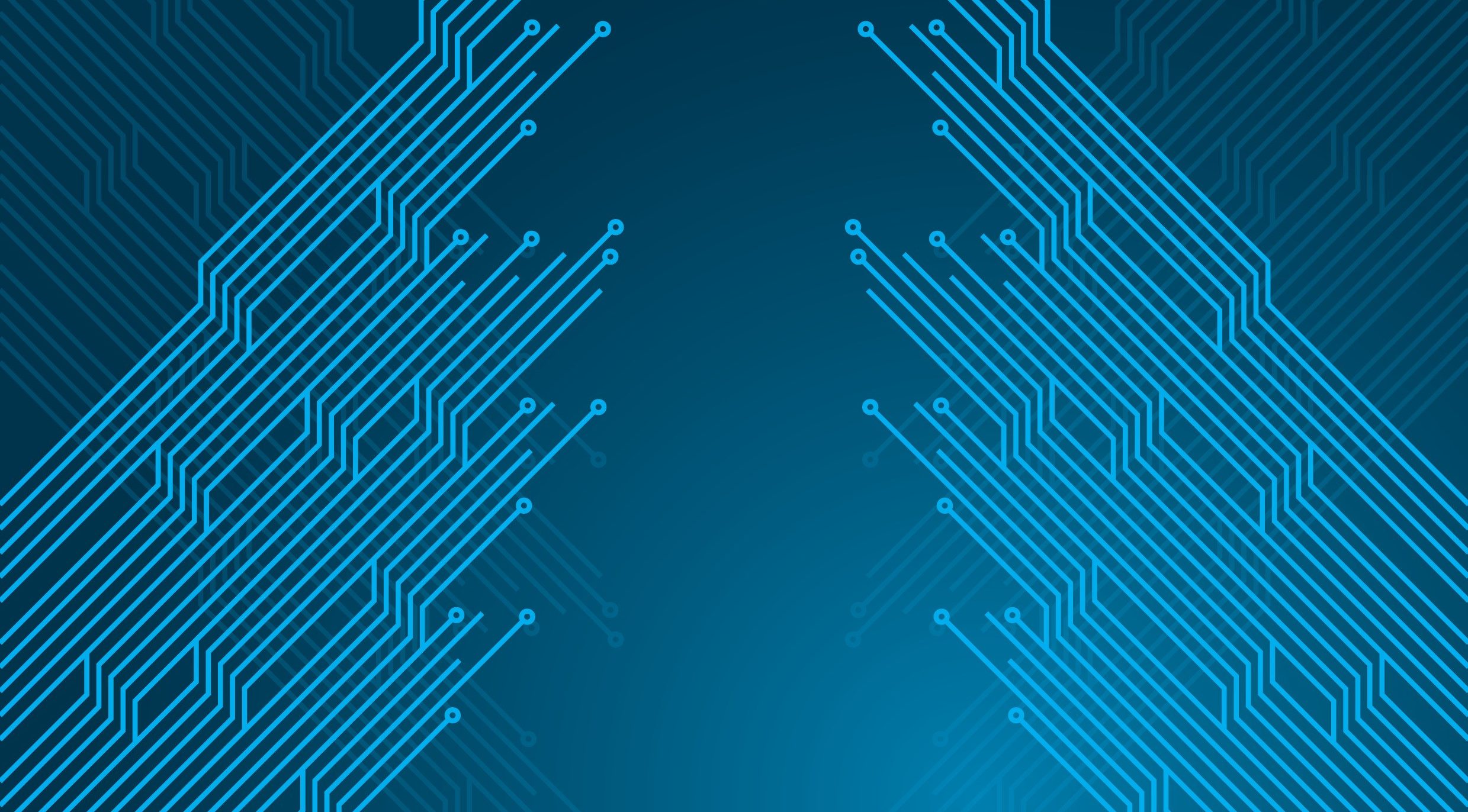Palo Alto Networks He has presented his form 2025 State of Genaiin which it analyzes how companies are adopting the generative AI, the benefits it provides in terms of productivity and the new cybersecurity risks that appear as their use extends.
The report is based on traffic analysis Anonymity, through the prism access and Next-generation Firewall (NGFW) platforms, of more than 7,051 global companies during 2024, and reveals enormous growth in the use of generative AI applications, with a 890% increase in the volume of traffic registered.
This growth is due to the maturity of the models, to the advances of automation and the verification of tangible productivity improvements, which according to McKinsey data have had an estimated incremental economic impact of up to 40%.
An example of this growth is in the increase in the Depseek traffic after launch last January of Deepseek-R1: 1,800% in two months. This massive increase in use, yes, is associated with another remarkable increase, this time of risks. Thus, in the first quarter of 2025, the incidents of loss of data related to the generative AI multiplied by 2.5, and already suppose 14% of the total registered incidents.
In addition, the average number of generative applications detected by Palo Alto Networks has risen to 66, which indicates a rapid expansion of this type of tools. Sometimes, this expansion is also something uncontrolled.
One of the phenomena that most concern regarding the expansion of the use of generative AI is known as Shadow AI, the unauthorized use of AI tools by employees of companies without the supervision of the area of IT. This practice harms visibility, complicates compliance with standards and endangers the confidentiality of companies. According to the report, organizations live with an average of 6.6 high -risk generative applications without a clear control framework.
83% of the interactions with the generative generative analyzed come from writing assistance platforms, conversational agents, corporate search engines and development environments. The most used writing wizard is Grammarly, with 39% of traffic.
Microsoft is at the head of the business adoption of AI agents: almost 49% of organizations use Microsoft Copilot or Copilot Studio. In Spain, the three generative tools most used by volume with Microsoft 365 Copilot (24.1%), Microsoft Powerappps (23.9%) and Chatgpt, Openai (23.4%).
The report also warns of persistent vulnerabilities, since more than 70% of the evaluated applications were susceptible to Jailbreak attacks, capable of inducing responses with self -collection, discriminatory, offensive content or with instructions on illegal activities. This shows the need to set more solid ethical and technical frames for the design and deployment of generative models.
By sectors, the most intensive in the use of generative AI for development tasks are technological and industrial. In combination, general in 39% of all coding activities. Its platforms also offer additional risks, such as malicious code execution, intellectual property leaks and exposure to legal or ethical problems.
Given this scenario, Palo Alto Networks urges companies to adopt a comprehensive governance approach to AI, based on visibility, control of advanced use and safety at all levels of the digital environment. The report proposes three priority lines.
The first implies controlling the use of generative AI and defining what is allowed and what is not. For this, it is necessary to launch conditional access policies that take into account users, location, devices, risk levels and legitimate objectives.
The second line would focus on protecting sensitive data against unauthorized access or leaks. For this, it is necessary to carry out a real -time content inspection, and establish centralized security policies in all data flows.
Finally, the third line points to the defense against modern cyber -based cyber -based cyberamers through the application of Zero Trust architectures capable of detecting and blocking sophisticated malware and threats undercover in responses generated by AI.











